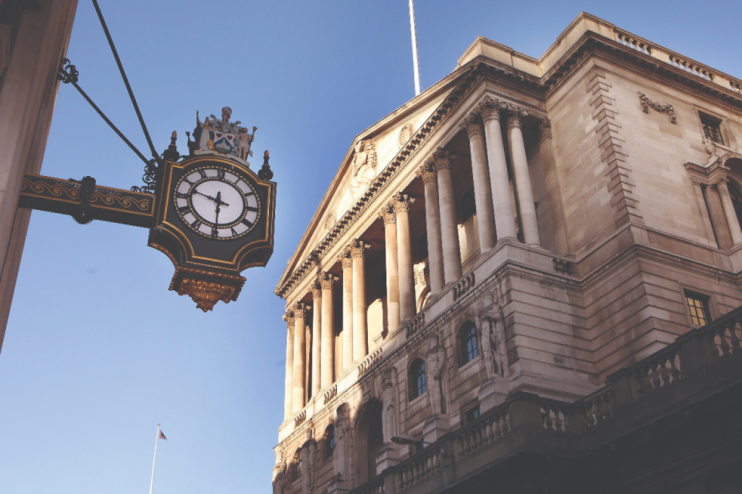UK unemployment falls unexpectedly as wage growth slows to two-year low

UK unemployment unexpectedly fell in the three months to June while a slowdown in wage growth to its lowest level in more than two years added to signs that the jobs market is cooling.
Unemployment fell to 4.2 per cent in the period to June, down from 5.7 per cent in the three months to May, according to data from the Office for National Statistics (ONS).
Economists had expected an unemployment rate of 4.5 per cent, while the Bank of England forecast a figure of 4.4 per cent earlier this month.
Policymakers have complained about the reliability of unemployment and jobs data after the ONS suspended its flagship Labour Force Survey last October due to low response rates. Wage growth is therefore considered to be more important to the Bank’s decision making.
The ONS had planned to introduce a new “transformed” survey in September but last month said it would postpone the rollout until 2025 after uncovering data collection issues.
Tuesday’s data showed average earnings excluding bonuses rose 5.4 per cent in the period to June, down from 5.7 per cent in the three months to May, according to data from the Office for National Statistics (ONS).
This figure marks the slowest pace of growth since May to July 2022 and bolsters the view that the jobs market is cooling.
Ratesetters have said they would look for signs of lower wage growth, a slowdown in services inflation, and a cooling jobs market before continuing to lower interest rates.
Including bonuses, annual wages grew 4.5 per cent – a sharp slowdown from 5.7 per cent and below economists’ expectations of 4.6 per cent.
“Basic pay growth, while remaining relatively strong, continues to slow,” said ONS director of economic statistics Liz McKeown. “Growth in total pay slowed markedly, with last year’s one-off NHS bonuses affecting the comparison.”
The central bank has been looking closely at private-sector wage growth, which slowed to 5.2 per cent, from 5.6 per cent.
“Though wage pressures are gradually easing, the disinflation remains gradual,” said Jack Kennedy, senior economist at hiring platform Indeed. “This may limit the amount of monetary easing the Bank of England is able to deliver over the coming months, potentially putting a brake on growth.”
Hawkish ratesetter Catherine Mann said on Monday that wage pressures in the economy could take years to dissipate and that surveys suggested companies were still expecting to make relatively big increases to both wages and prices.
Job vacancies continued to fall by 26,000 to 884,000 over the period, signalling continued pressure in the labour market.
This morning’s figures come as the first instalment in a slew of official economic data due to be published this week that will inform policymakers’ decision whether to cut interest rates in September, after the Bank lowered borrowing costs for the first time since March 2020 earlier this month.
Further ONS data is set to keep the Bank’s ratesetters wary about cutting rates again. UK inflation is expected to accelerate for the first time this year to 2.3 per cent, moving away from the central bank’s two per cent target that was reached in May and sustained in June.
Chancellor Rachel Reeves said: “Today’s figures show there is more to do in supporting people into employment because if you can work, you should work,” said Chancellor Rachel Reeves.
“This will be part of my Budget later in the year where I will be making difficult decisions on spending, welfare and tax to fix the foundations of our economy so we can rebuild Britain and make every part of our country better-off.”
The pound rose 0.24 per cent against the dollar following Tuesday’s jobs figures.